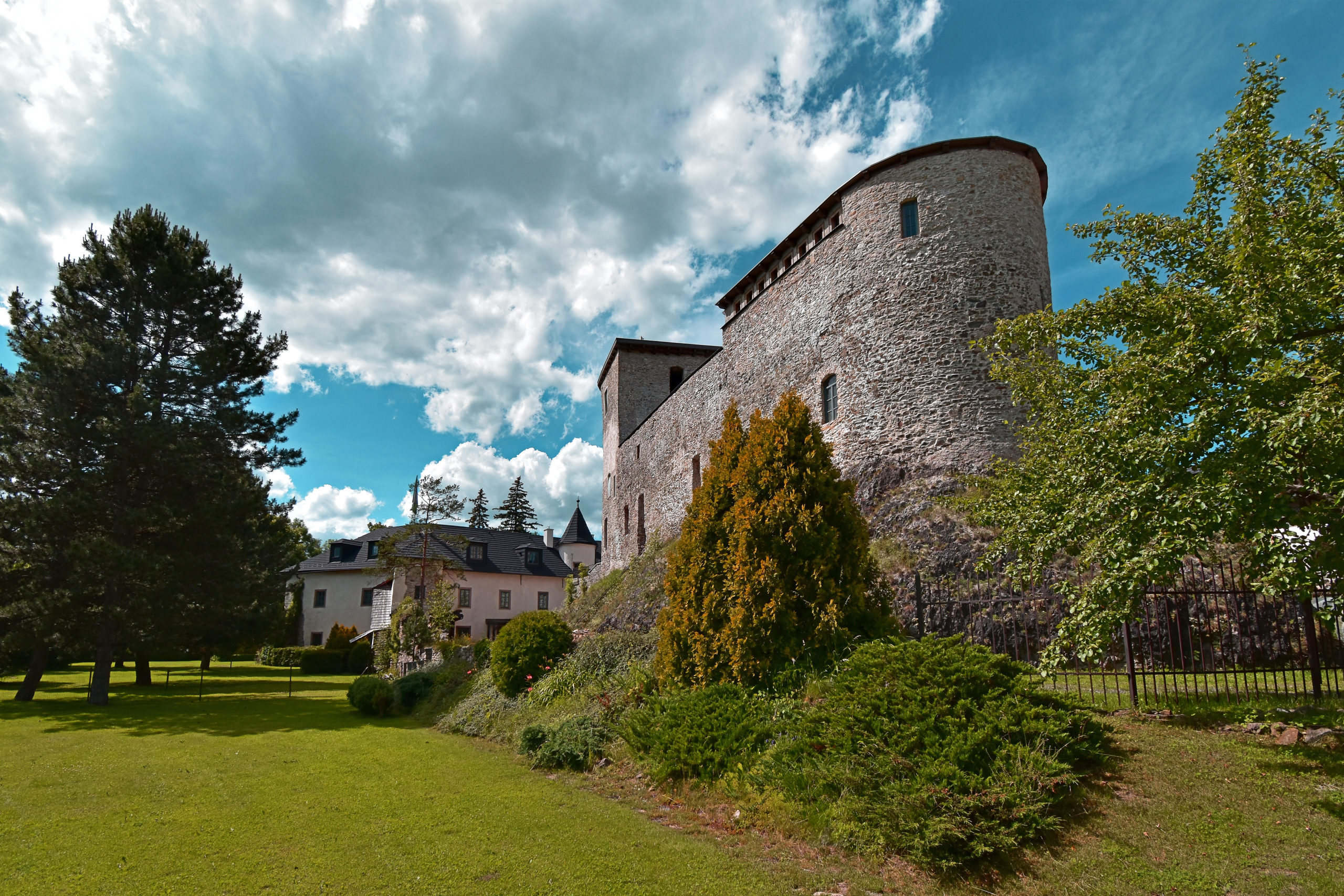The ruins of Hrádok Castle together with the adjacent manor house have long been a dominant feature of Liptovský Hrádok and the picturesque part of the upper Liptov region. The ruins of the castle and the slowly crumbling manor house have occupied the minds of people who were not indifferent to the fate of the monuments in Liptov since the 1930s. However, it was not possible to organise the rescue of this complex of monuments either during the First Republic or during the socialist period.
The decay of the buildings continued in the 1990s, and locals and tourists alike were tormented by the sight of the crumbling buildings. The situation could not be reversed despite the unceasing efforts of the management of the Liptovský Museum in Ružomberok and its organisational branch.

The building of the Castle and Manor House has been unoccupied since 1989. The premises were unheated, exposed to unwanted visitors. Valuable fixtures and fittings and parts of the interior belonging to the Castle and Manor House were stolen at this time.
In 2001, when Dagmar Machová visited the manor house and the ruins of the castle in Liptovský Hrádek, a vision was born in her mind to rebuild and revive the old manor house, as well as to resurrect the importance of this beautiful region of northern Slovakia.
At the end of the year, her company Avans s.r.o. bought the Castle and Manor House and thus expanded the company’s activities. The heroic plans for the restoration were closely linked to the hope that Slovakia would soon become a member of the EU and they wanted to contribute the best of Slovakia to the well-being of Europeans.

The whole area of the Castle and the Manor is to be opened to the public.
The Castle and Manor House in Liptovský Hrádek is intended for meetings and conversations on the basis of its history and location. It is a space that predestines itself as a place suitable for artists.
In addition to accommodation in originally furnished apartments, the historic buildings are also intended to offer spaces for cultural events such as concerts, exhibitions, receptions and conferences. The manor house, built by Magdalena Zai in 1603, is now once again becoming a European meeting place and the castle ruins are open to the public once the renovation is complete. Work is now underway to open up the western floor of the higher tower of the old castle.

